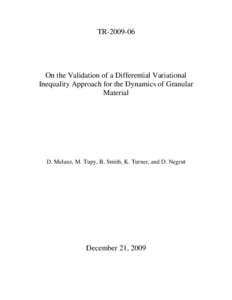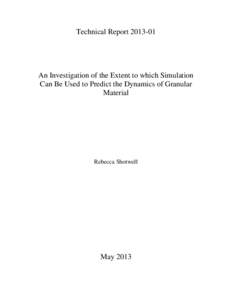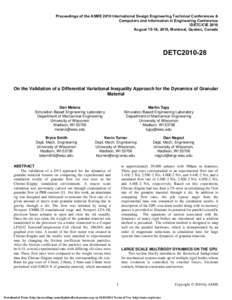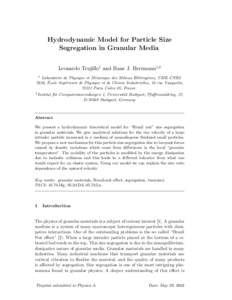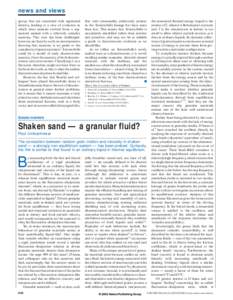<--- Back to Details
| First Page | Document Content | |
|---|---|---|
 Date: 2007-06-07 09:52:53Environmental engineering Physical geography Sediment transport Granular material Capillary wave Washboarding Wave Discrete element method Pattern formation Geology Sedimentology Geomorphology |
Add to Reading List |
 Washboard Road: The dynamics of granular ripples formed by rolling wheels Nicolas Taberlet1 , Stephen W. Morris1,2 , and Jim N. McElwaine1
Washboard Road: The dynamics of granular ripples formed by rolling wheels Nicolas Taberlet1 , Stephen W. Morris1,2 , and Jim N. McElwaine1